With Nothing Electric in Its Lineup, Subaru Considers an Easier Solution

With the exception of Mazda and — until its Outlander PHEV finally lands on U.S. shores — Mitsubishi, Subaru remains one of very few automakers to completely eschew electrified powertrains.
Despite lacking any fully electric, plug-in hybrid or hybrid model (the unloved Crosstrek Hybrid met a quiet death last year), Subaru’s U.S. customer base continues to expand at a rapid clip, but a gas-only strategy can’t survive forever. Environmental regulations the world over insist Subaru should follow the lead of its rivals and build something without pistons.
Well, Subaru plans to. However, unlike many of its rivals, the automaker has indicated it might take a different path towards this goal.
According to Bloomberg, Subaru isn’t fearful of electrified powertrains, but it isn’t so sure the technology needs to exist in standalone models. Nor does it feel such a vehicle should ride on a dedicated platform.
In an interview, Chief Executive Officer Yasuyuki Yoshinaga said his company is considering building electric versions of existing models, rather than sink money into an electric-only offering. Just think of the eco cred a battery-powered Outback could give you.
The automaker has set aside $1.2 billion for R&D for the coming fiscal year, and hopes to have a plug-in hybrid model ready for sometime in 2018. An all-electric vehicle will arrive by 2021. For Subaru, electrifying existing models would negate the need to partner with an other automaker, and would allow the greener vehicles to capitalize on the model’s good name.
“If there’s already an attractive Subaru model, for example the XV [Crosstrek] crossover, and if a customer in Beijing wants one but is only allowed to buy an electric vehicle, if there’s no electric version then he can’t buy it,” said Yoshinaga. “Providing the choice of an EV means the customer can still desire the same Subaru.”
With this in mind, Subaru developed its modular global platform to host a wide range of propulsion sources, including an all-electric option.
Volkswagen has developed an all-new platform for its electric I.D. sub-brand, and Mercedes-Benz plans to follow a similar naming convention with its I.Q.-badged electric vehicles. That rubs Yoshinaga the wrong way. While he doesn’t want to be left behind by other automakers with bigger R&D budgets, the CEO would prefer to see “Subaru” prominently displayed on all of his company’s vehicles.
[Image: Subaru]

More by Steph Willems
Latest Car Reviews
Read moreLatest Product Reviews
Read moreRecent Comments
- Jeff Good find I cannot remember when I last saw one of these but in the 70s they were all over the place.
- CoastieLenn Could be a smart move though. Once the standard (that Tesla owns and designed) is set, Tesla bows out of the market while still owning the rights to the design. Other companies come in and purchase rights to use it, and Tesla can sit back and profit off the design without having to lay out capital to continue to build the network.
- FreedMike "...it may also be true that they worry that the platform is influencing an entire generation with quick hits of liberal political thought and economic theory."Uh...have you been on TikTok lately? Plenty of FJB/MAGA stuff going on there.
- AZFelix As a child I loved the look and feel of the 'woven' black vinyl seat inserts.
- Aja8888 Maybe he's putting the cost savings into Cybertruck production?
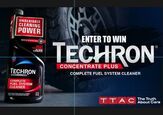
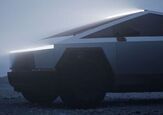
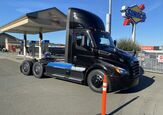













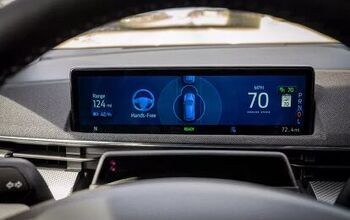
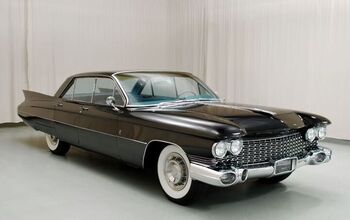

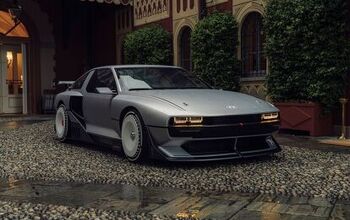

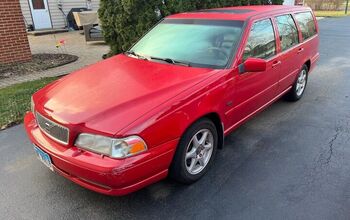


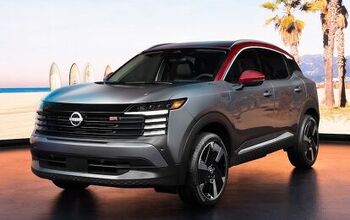
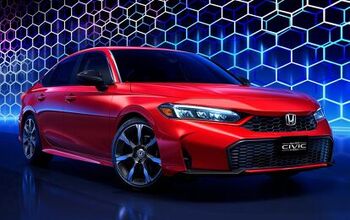

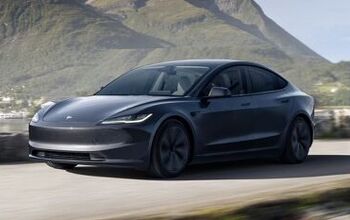
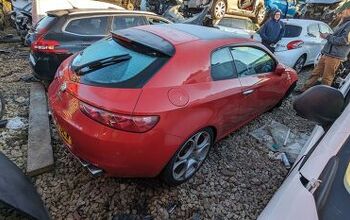

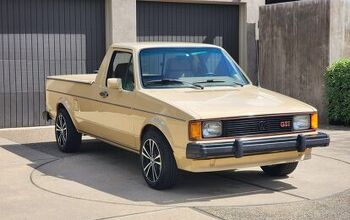

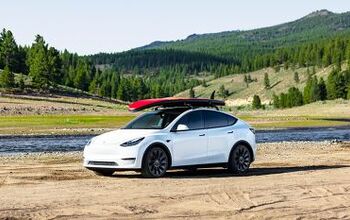
Comments
Join the conversation
Subaru will be just fine with gas only vehicles. If Subaru wants to make improvements they can start with noise insulation, better engines, better interiors, and better CVT's.
And by "easier" they actually mean "cheaper," because it's easier to start from scratch when designing an EV, as opposed to converting an ICE to EV without big compromises. Anyhow, despite today's strong-ish Subie sales, I feel Subie is destined to become a Toyota sub brand, so they're just biding their time, as this article alludes to.